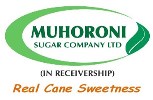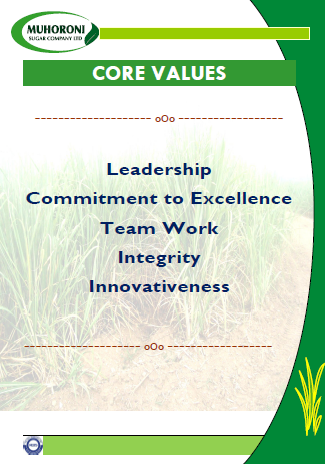
Agriculture Department
|
|
 Paul Omondi |
|
|
Cane Production
The Agriculture Department is charged with the responsibility of ensuring high quality cane is provided to sustain factory throughput by use of most suitable economical crop production techniques and ensure that farmers earn a decent return on their investment in cane production.
The Department achieves its objectives by carrying out the following tasks:
a) AGRONOMY
Carries out adaptive research that addresses the major challenges facing crop husbandry. The section has a fully fledge soil laboratory to carry out most of the analyses. Some of the areas of focus include:
i) Crop and soil nutrition –
Aims at coming up with correct fertilizer regime and any mitigating factors that are required to ensure the crop gets the correct nutrition to enhance growth .Soil and foliar analysis are carried out regularly to determine the status . Nutritional fertilizer trials are also undertaken to determine yield responses.
ii) Crop protection
Pest and disease surveys are undertaken to control some of the common diseases and pests affecting the health of the crops. Some of the diseases include smut, RSD, mosaic, rust etc The pest of major importance include termites, borers and scales.
iii) Variety Development
Continuous efforts are undertaken to come up with superior varieties that can outperform the current varieties in yield, sugar content, disease resistance, drought tolerance amongst others. The agronomy section liaises with KESREF in breeding and selection of new improved varieties through various trials.
iv) Crop physiology
The section has a meteorology unit that observes weather and climatic changes to help in planning and to explain crop physiological changes that are observed.
v) Quality assurance
Agronomy performs juice analysis to determine suitability of sugarcane at the weighbridge and the field. Chemicals and fertilizers are also assessed at the agronomy to determine integrity. Other operations did include the analysis of post harvest losses.
b) NUCLUES ESTATE
The factory posses a nucleus estate covering an area of 1600 ha that it uses to develop cane and supply upto 10% of milling requirement. The nucleus estate also has a nursery that is useful for seedcane development. Current area under cane is 1300 ha.
c) OUTGROWERS SECTION
Extension and education of outgrowers’ farmers to ensure technology transfer of research findings is done is carried out by the outgrowers section. A group of extension workers ensures proper agronomic husbandry practices are carried out to sustain crop production. Outgrowers farmers supply upto 90% of factory cane requirement and covers an area of upto 16000 ha of land of which 12000 ha is currently under cane. Land ownership is mainly small holder with approximately 1 ha per farmer. There are approximately 15,000 farmers currently growing canes.
d) AGRICULTURE ENGINEERING
Charged with the responsibility of ensuring proper land preparation for crop growth. With a fleet of machinery and contractors, the section undertakes work both in the Nucleus Estate and outgrowers to achieve land preparation targets. It also is responsible for road repairs and maintenance, drainage, survey and intercultivation.
e) AGRICULTURE WORKSHOP
Ensures that machineries are available for end-users to maximize on productivity and time .A fully fledged workshop is available to carry out the repairs and maintenance of vehicles, machineries and implements for the entire company.
Our Vision
To be a competitive producer of high quality sugarcane products
Our Mission
To profitably produce high quality sugarcane products
